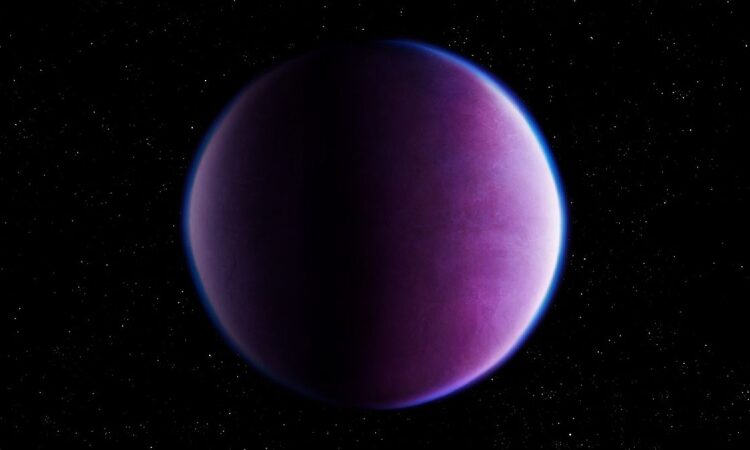Green is the color that is most closely linked with life on Earth, from small single-celled algae to massive sequoias. However, a recent study that was released on Wednesday indicates that we should probably catch for the color purple rather than green while searching for extraterrestrial life.
The green pigment chlorophyll helps plants and other living forms produce oxygen, which explains why there are so many green things in the environment. But since bacteria-like life forms may be able to survive in environments with little sunshine and no oxygen, conditions on an Earth-like planet orbiting another star might be extremely different.
There are actually places on Earth where the bacteria have purple pigments that aid in their absorption of the energy from infrared radiation that is invisible and powers their photosynthesis. Our cutting-edge satellite observatories, such as Webb, may be able to identify a unique “light fingerprint” generated by these bacteria if there is a distant planet where they dominate.
The lead author of the study published in Monthly Notices of the Royal Astronomical Society: Letters, Lígia Fonseca Coelho, a postdoctoral associate at the Carl Sagan Institute (CSI), said, “Purple bacteria can thrive under a wide range of conditions, making it one of the primary contenders for life that could dominate a variety of worlds.”
A database of life indicators needs to be created, according to co-author and CSI director Lisa Kaltnegger, so that our telescopes do not overlook life if it does not appear to be what we would expect.
Thirty of the more than 5,500 exoplanets-planets outside of our solar system-that astronomers have found so far are believed to have life similar to that on Earth. The Extremely Large Telescope and the Habitable Worlds Observatory are two planned future observatories that will look into the chemical composition of planets that are in the “Goldilocks zone” of star systems-a region of space where temperatures are just warm enough to support liquid water but not so hot that it boils off into vapor. Stated differently, circumstances that support life.
More than twenty different types of purple sulphur and purple non-sulphur bacteria were gathered and cultured by the researchers from beaches, coasts, and deep-sea hydrothermal vents.
In reality, the bacteria that scientists refer to as purple might be yellow, orange, brown, or red in addition to purple. They use a simpler kind of photosynthesis to survive on low-energy red or infrared light. This may also apply to potential life forms on planets around the more common red dwarf stars in our galaxy, which are cooler.
- A new teaser confirms that Honda Activa electric scooters to get swappable batteries - November 22, 2024
- See how WhatsApp Beta simplifies updates with group mentions - November 22, 2024
- Social Media Safety Advances: Instagram Lets Users Reset Recommendations - November 21, 2024








